Writer, Director, Academy Award Winner Ari Sandel Comes to Chicago
Permanent link
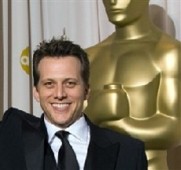
Ari Sandel’s 2007 Academy Award-winning “West Bank Story” is a musical comedy about Israelis and Palestinians that takes place between two competing falafel stands in the West Bank. The film, which premiered at the Sundance Film Festival in 2005 and has since screened at over 115 festivals worldwide and earned 26 awards, is a humorous, hopeful take on a very serious and controversial subject, and Arab, Jewish and international audiences have overwhelmingly embraced the film and its message.
Throughout his career, Sandel has worked in various sectors of the entertainment industry including television, film and music videos. He created, directed and hosted FX’s comedy segment “The Traveler” on X Show and his most recent project is a feature documentary, “Vince Vaughn’s Wild West Comedy Show,” which hit theaters in February. Sandel has traveled extensively throughout Europe, Asia, South America and the Middle East, where he is very involved with political organizations for peace in the region.
Originally from Calabas, Cal., Sandel studied media arts, receiving a certificate in Middle Eastern studies from the University of Arizona in Tuscon, and earned his directing M.F.A. from the University of Southern California’s School of Cinema-Television.
The writer and director will be the guest speaker at the JUF Young Women's Board Spring Tribute Wednesday, April 30 at the Westin Chicago North Shore.
Oy!Chicago’s Stefanie Pervos spoke with Sandel about his film before his visit to Chicago last November:
Oy!: Why did you make West Bank Story?
Ari Sandel: I wanted to accomplish three things with the movie: (1) I wanted to make a film that would get attention and also make people laugh. (2) I wanted to make a movie that was pro-peace and offered a message of hope. (3) I wanted to address the situation in an even-handed and balanced way so that Jewish and Arab audiences would feel fairly enough represented to let their guard down and laugh with the characters from the “other side.” I thought, if we can make a movie that Israelis will watch and like the Arab characters, and that Arabs will watch and like the Israeli characters, then that will be something valuable.
How do you define your Jewish identity and how did that influence you in making “West Bank Story?”
I’m probably not particularly religious in the sense of following all of the holidays and doing everything I’m supposed to be doing, but no question I consider myself Jewish. My father is from Israel, and my family lives in Israel, so I grew up with that experience and that identity. Did it influence this movie? Certainly. My knowledge of the region is directly related to the fact that I’m Jewish and that my father is from Israel.
Did your Jewish identity hinder your ability to be objective with the film?
No, I don’t think so. I think because I’m Jewish and my father is from Israel I have a very deep understanding of the Israeli perspective. I think because I’m American I have an opportunity to see both sides and to want to learn the perspectives of both sides. I think Americans in general [identify with] people who see themselves as the underdogs and people searching for their own country seeking freedom. There are similar themes in the wishes and dreams of both Jews and Palestinians, and I think that is completely relatable for an American.
With your film, you were trying to convey that peace between Israelis and Arabs can be achieved. Do you think you successfully got that message across?
Honestly I wasn’t trying to make a huge statement about this is the way to solve peace. It’s certainly and obviously not that. I think the goal for me was to create a portrayal of the situation that didn’t leave people feeling down or hopeless or resenting the other side, whatever side that may be, because I feel like that’s what most of the documentaries and news articles do. It’s been very effective in reigniting interest or dialogue amongst people who have told me that they were totally turned off for a long time.
How has your life changed since winning the Academy Award?
It’s been intense. I’ve traveled the world quite a bit now with the movie and shown it all over the place and I’ve had some tremendous opportunities to meet people and to speak about the film. I have a movie now at Fox Studios, which is probably a result of the Oscar, so it’s been great.
What’s next for you?
I have a documentary with Vince Vaughn called the “Vince Vaughn Wild West Comedy Show.” It follows a traveling comedy show that Vince put together with four comics. It’s about traveling America, being a comic and going after your dreams and it’s very funny, it has a lot of heart. I’ll hopefully be shooting my first feature film in the winter. It’s an office comedy—not political.
Do you have any Chicago connections?
I think Chicago is the best! The first time I’d ever been to Chicago was when I was visiting some friends on the set of “The Break Up,” and I had the greatest time and I ended up going there three times in one summer—twice for Vince Vaughn’s documentary. I think it’s the best and I love it!


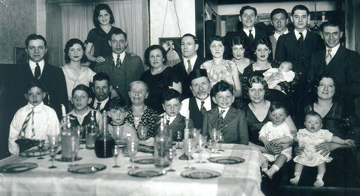
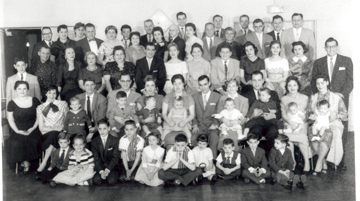
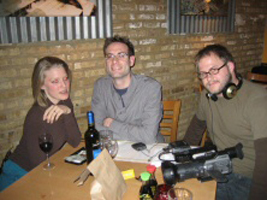
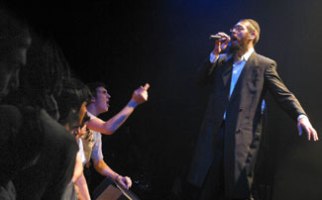
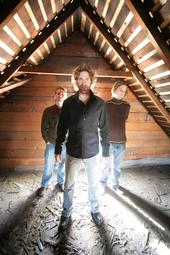
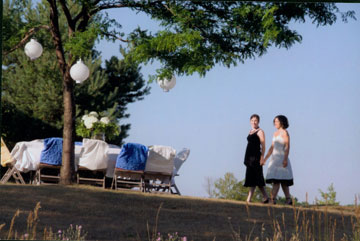
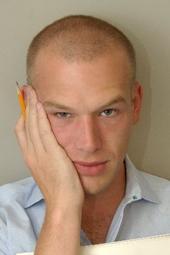

.jpg)



